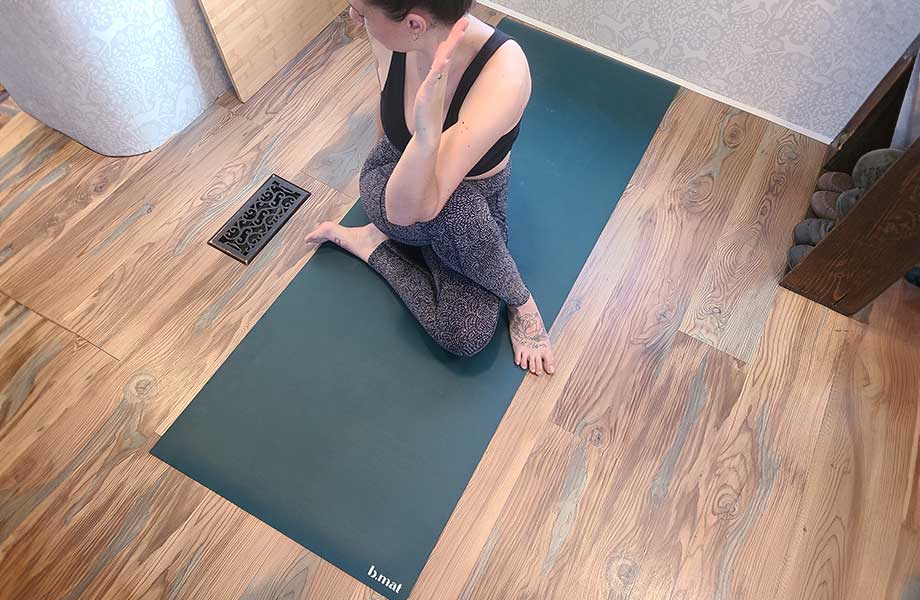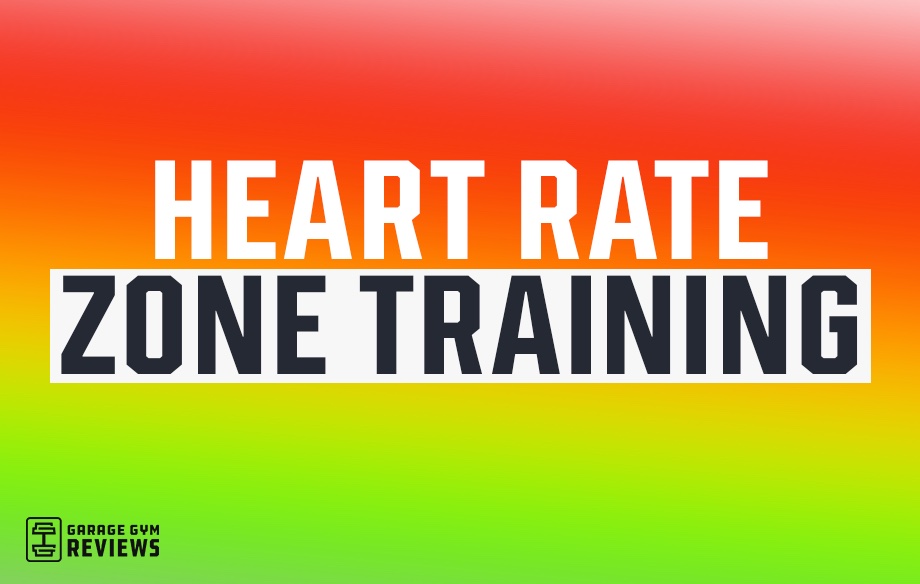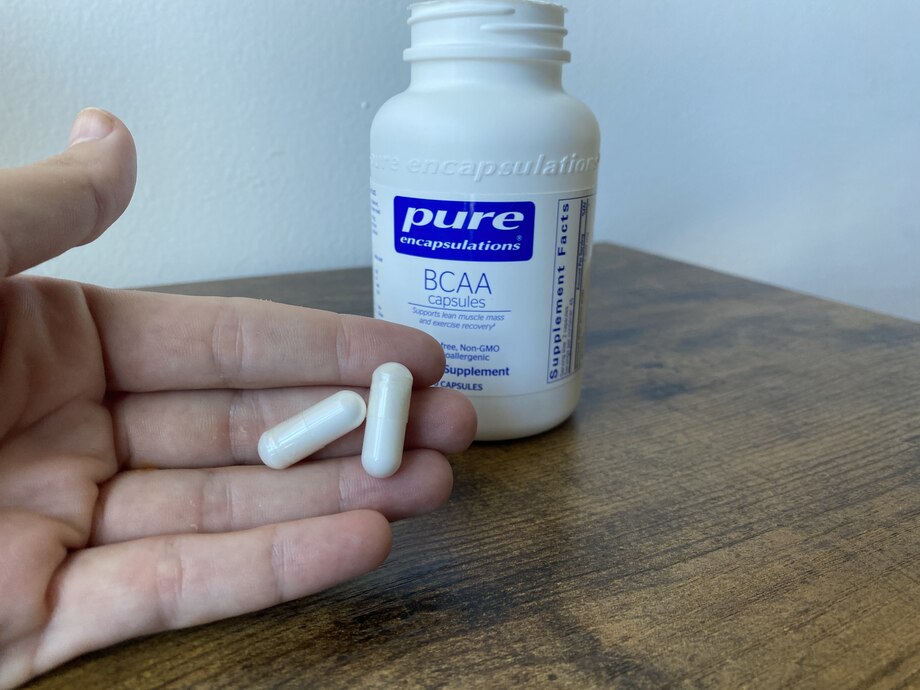As a lifelong yoga practitioner and a Yoga Alliance certified yoga teacher, I’ve witnessed firsthand how yoga can help strengthen muscles, increase stability, and even manage stress. The yoga we see today via in-person and online classes has evolved into many kinds of practices, from hot yoga to restorative and many in between.
RELATED: Down Dog App Review
So, how can practicing yoga benefit your fitness goals? And which of the many types of yoga should you try? I’m here to answer those questions (and more) by guiding you through the benefits of yoga and helping you determine which yoga type will best suit your needs.
Let’s strike a (yoga) pose.
What Is Yoga?
Yoga is an ancient practice that originated in South Asia thousands of years ago and has been evolving ever since. In the last 50 years, yoga has become a popular part of a fit lifestyle because it’s a low-impact exercise, doesn’t require fancy equipment, and can benefit mental and physical well-being.
RELATED: Yoga Facts and Statistics
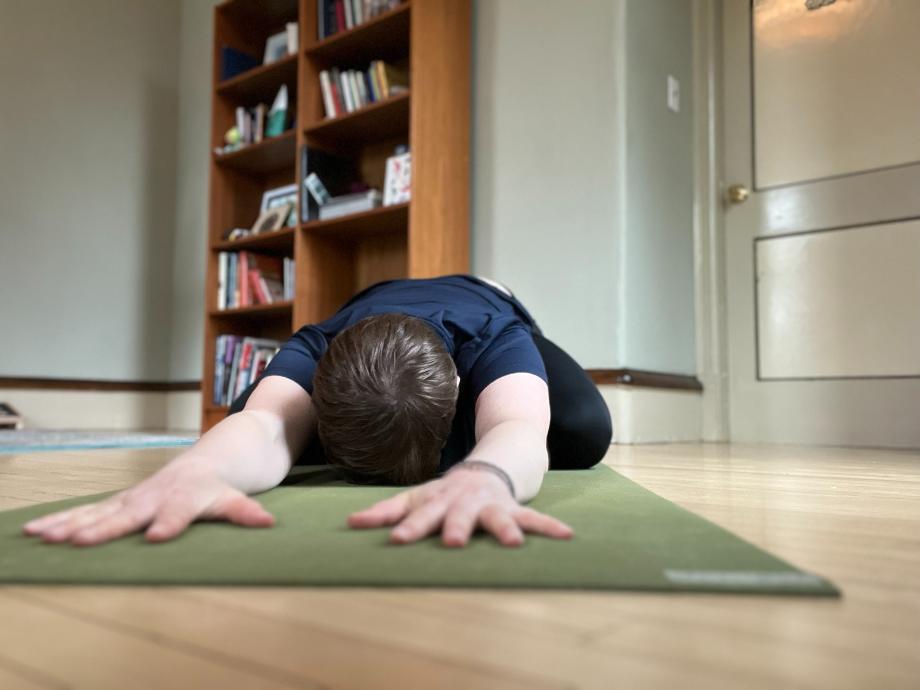
Yoga is a vast physical and spiritual practice with an abundance of nuance, so for this article, I’ll focus on the types of yoga and how the physical postures—aka asanas—contribute to the many health benefits of yoga, including total-body strength, cardiovascular health1, and even easing symptoms of chronic low back pain and osteoporosis2.
Types of Yoga
Yoga has been around for literally thousands of years, which is why many forms of yoga have evolved throughout its storied history. Here are six in-demand types of yoga you’ll probably come across when looking for a class:
- Iyengar: This type of yoga focuses deeply on the precision of your alignment and a specific sequence of poses.
- Hatha yoga: You can expect to hold a series of poses for longer in most Hatha classes.
- Ashtanga Vinyasa: Ashtanga has some overlap with “Power” yoga and even some hot yoga classes. Ashtanga Vinyasa focuses primarily on syncing your breath with movement in a “flow” to rejuvenate, tone, and strengthen your body.
- Hot: Hot yoga generally refers to any yoga practice where the room is heated to 90 degrees Fahrenheit or above. Hot yoga intends to warm your muscles externally and internally so you can stretch deeper. Bikram yoga falls into this category, as do many others.
- Restorative: A very slow, floor-based practice that utilizes many props to help support the body in relaxation. Restorative yoga may cover only four to five yoga postures in an hour-long session, including a long Savasana (corpse pose). This type of yoga is great for folks who are managing hypertension3, looking to reset their nervous system, or curious about breathing techniques.
- Yin: A blend of yoga poses and ancient Chinese medicine theory (think: Acupuncture), Yin yoga is a slower and often deeper stretching of muscles that occasionally engages the use of props.
This is just a small taste of the many types of yoga available to you. Most varieties will have an option for beginners if you’re new to the practice.
What Are the Benefits of Yoga?
A regular yoga practice offers a variety of health benefits, from stress management to increased overall strength to better joint health. The best part? All you need is a yoga mat or blanket to get started!
RELATED: Programs On A Budget: The 10 Best Free Workout Apps
1. Includes a Wide Variety of Options
As you saw above, yoga offers a variety of practices that you can match to your individual needs. Consider your specific health conditions, including chronic conditions or chronic diseases, when selecting which yoga you’d like to try. Are you combating chronic lower back pain2? A Hatha yoga class that focuses on alignment could be a great fit. Perhaps you’re interested in targeting high blood pressure? Consider a Restorative practice or something that includes more breathing exercises.
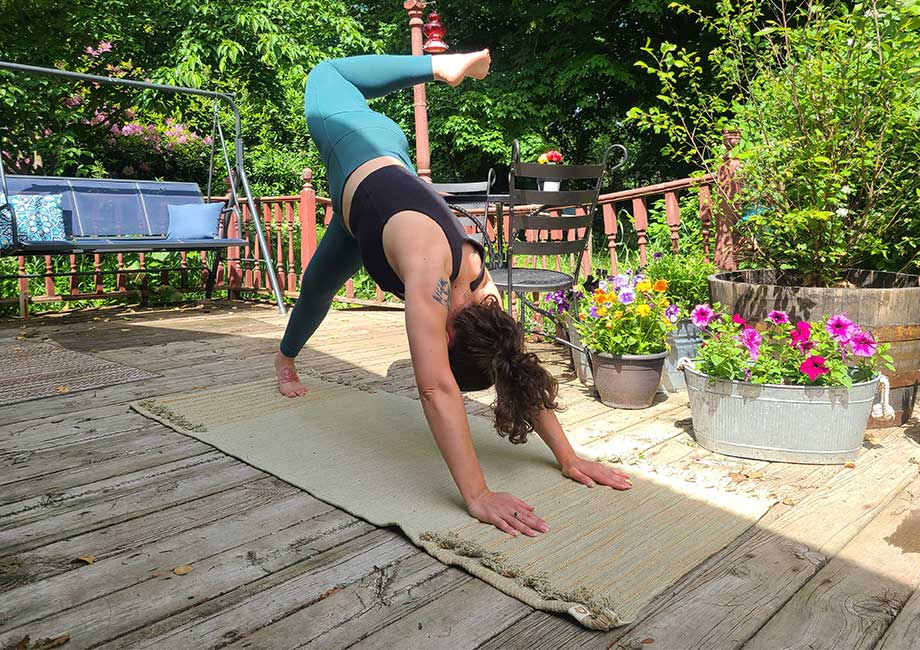
2. Can Help Increase Overall Strength
A regular yoga practice will engage every muscle group, challenge your balance, and build your patience, making it an excellent tool to strengthen your brain and body.
3. May Help Decrease Your Stress Levels
Yoga is touted by many practitioners as a mental health practice just as much as a physical well-being practice. One of the effects of yoga is lower blood pressure3 in part due to the complementary practice of breathwork alongside physical movements. This can also aid in stress management and increase overall quality of life4.
4. Helps Increase Your Range of Motion and Flexibility
In a 2016 study by the International Journal of Yoga5, researchers found that a biweekly yoga practice over fourteen weeks yielded greater flexibility in athletes.
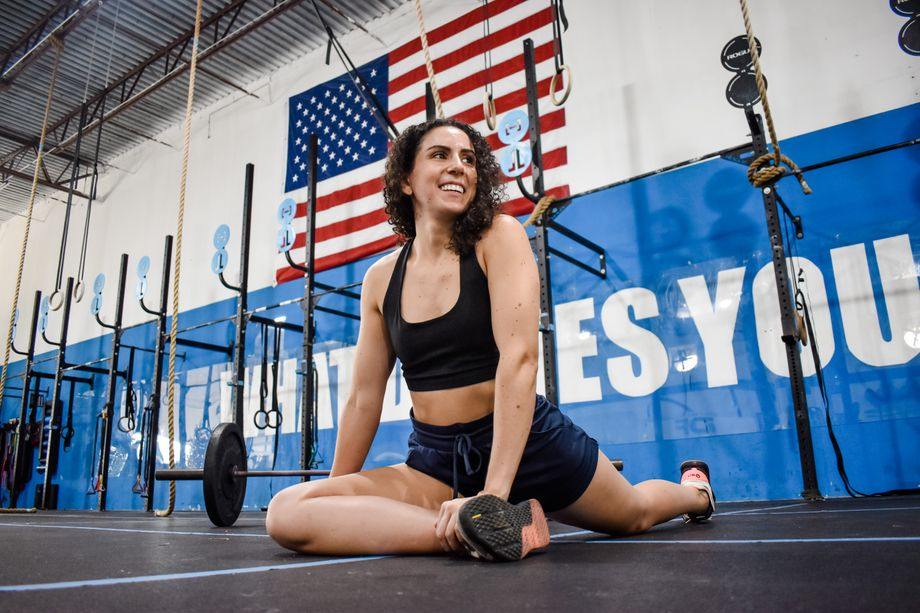
5. May Help Boost Your Cardiovascular Health
According to a 2014 article published in the Indian Heart Journal1, a regular yoga practice, which includes physical postures (asana), breath work (pranayama), and meditation practice, may help those diagnosed with heart disease reduce their symptoms.
6. Can Increase Your Body Awareness
Body awareness helps us avoid injury, recognize our hunger cues, and assist with pain management. A 2023 article published in the Perceptual and Motor Skills Sage Journal6, found that a yogic practice can help increase the body-mind connection and overall body awareness.
RELATED: What Is Functional Fitness?
7. Offers Endless Modifications
When I was recovering from a sprained ankle for four weeks, I could continue my yoga practice. Six weeks of no running for my plantar fasciitis to heal? My yoga practice pressed on. You get to decide which poses you do and continuously change it up depending on your needs. You can easily practice 20 minutes of yoga from a chair or 90 minutes of stretching and strength that culminates in a handstand. It’s all yoga!
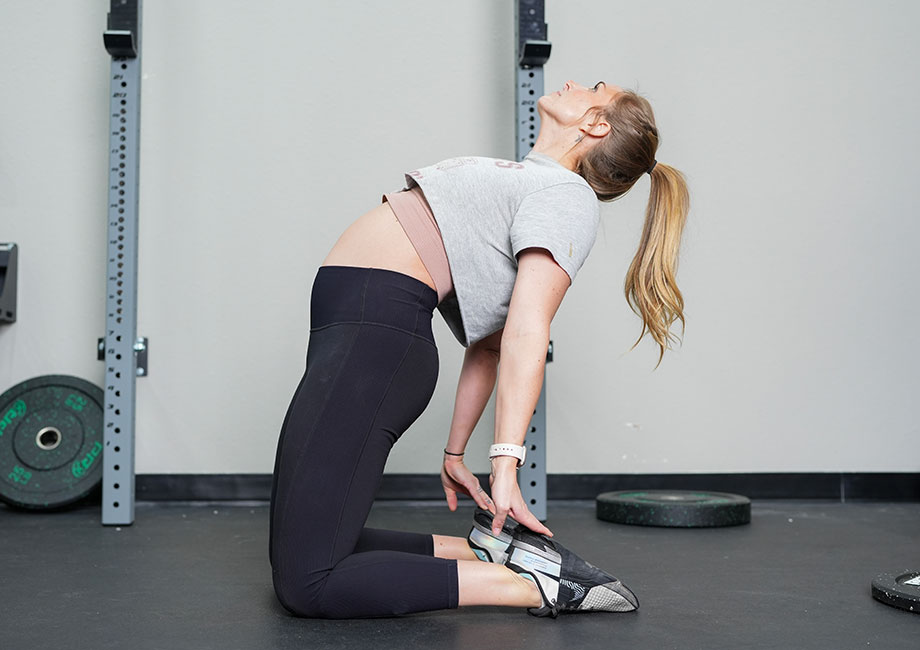
RELATED: 14 Cool-Down Exercises to Increase Your Flexibility and Recovery
8. Teaches Relaxation Techniques On and Off the Mat
When I first started practicing yoga, my shoulders would clench by my ears, and I would hold my breath during difficult poses. As my practice continued, I found more places to relax, even when things were challenging. Eventually, I could take long, full, controlled breaths to calm my brain while my body was going through something stressful (hello, 60 seconds in chair pose!).
Now, when I encounter a stressful situation—whether it’s holding chair pose for five breaths or an overflowing inbox at work—I take a controlled breath, and my body takes the cue to relax.
RELATED: Exercise for Anger: Can Working Out Help You Cool Down?
Benefits of Yoga: Final Thoughts
As a yoga instructor and longtime practitioner, yoga has given me the tools to strengthen my body and manage my stress, helping me maintain a holistic level of health. And because yoga is low-impact and accessible to everyone, from children to older adults, I’ll be able to carry this practice well into old age, where it will hopefully continue to care for my body and mind. I wish the same for you!
Benefits of Yoga: FAQs
How often should you do yoga?
Because yoga is a low-impact exercise, you can practice it daily! However, to avoid burnout, I’d consider starting with three times weekly for 30 to 60 minutes per session.
Is doing yoga enough exercise?
Yoga alone is rarely enough exercise. For example, practicing Restorative yoga three times a week—while great—wouldn’t be considered enough movement to increase muscle strength, nor would it meet the CDC’s recommendation7 of 150 minutes of moderate exercise weekly. That said, a regular yoga practice can still provide an excellent amount of physical activity, given that you’re engaging with the wide variety of practices available and still incorporating strength or resistance training.
How long does it take to see benefits from yoga?
A better question might be how long does it take to feel benefits from yoga. Many might argue it isn’t long at all! You may feel rested, fall asleep more easily, and notice increased body awareness after your first practice. Everyone is different, and as a yoga teacher, I’d recommend sticking with a practice for at least two weeks to see how it affects you.
References
- Manchanda S. C. (2014). Yoga–a promising technique to control cardiovascular disease. Indian heart journal, 66(5), 487–489. https://doi.org/10.1016/j.ihj.2014.08.013
- Woodyard C. Exploring the therapeutic effects of yoga and its ability to increase quality of life. Int J Yoga. 2011 Jul;4(2):49-54. doi: 10.4103/0973-6131.85485. PMID: 22022122; PMCID: PMC3193654.
- Joshi AM, Raveendran AV, Arumugam M. Therapeutic role of yoga in hypertension. World J Methodol. 2024 Mar 20;14(1):90127. doi: 10.5662/wjm.v14.i1.90127. PMID: 38577206; PMCID: PMC10989416.
- Woodyard C. Exploring the therapeutic effects of yoga and its ability to increase quality of life. Int J Yoga. 2011 Jul;4(2):49-54. doi: 10.4103/0973-6131.85485. PMID: 22022122; PMCID: PMC3193654.
- Polsgrove, M. J., Eggleston, B. M., & Lockyer, R. J. (2016). Impact of 10-weeks of yoga practice on flexibility and balance of college athletes. International journal of yoga, 9(1), 27–34. https://doi.org/10.4103/0973-6131.171710
- Sarak Kucukosmanoglu, H., Coskun, G., & Yosmaoglu, H. B. (2023). The Effect of Yoga Practice on Cervical Tactile Acuity and Body Awareness. Perceptual and motor skills, 130(5), 2031–2046. https://doi.org/10.1177/00315125231187435
- Centers for Disease Control and Prevention (December 20, 2023). How much physical activity do adults need? Accessed July 23, 2024.



